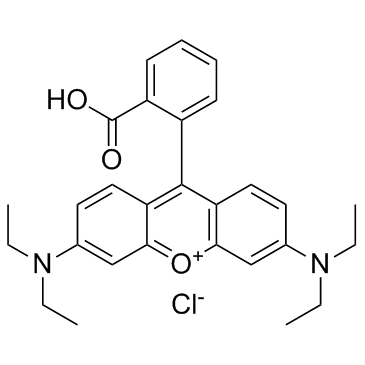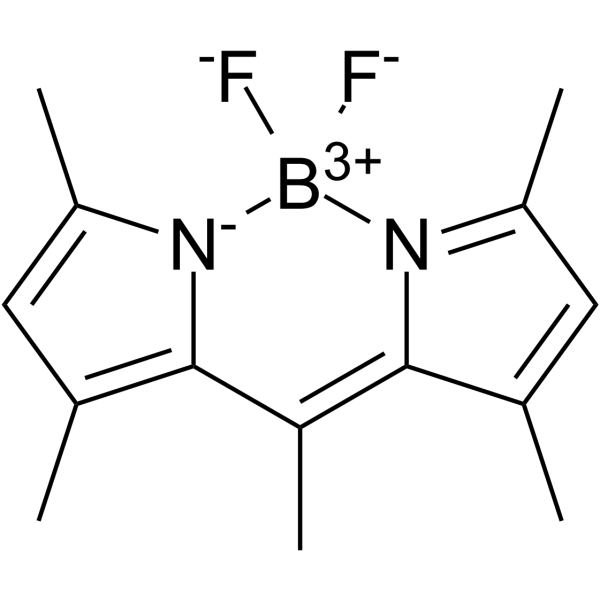| Structure | Name/CAS No. | Articles |
|---|---|---|
 |
Rhodamine B
CAS:81-88-9 |
|
 |
Boron
CAS:7440-42-8 |
|
 |
potassium chloride
CAS:7447-40-7 |
|
 |
Diethoxydimethylsilane
CAS:78-62-6 |
|
 |
Pyrromethene 546
CAS:121207-31-6 |